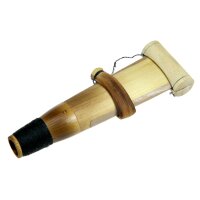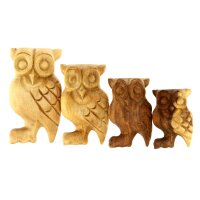Alternative Products

Bestseller
Sale
only
692,10 € *
Regular Price:
769,00 €
Discount:
10%
Often bought together with
Question about item






